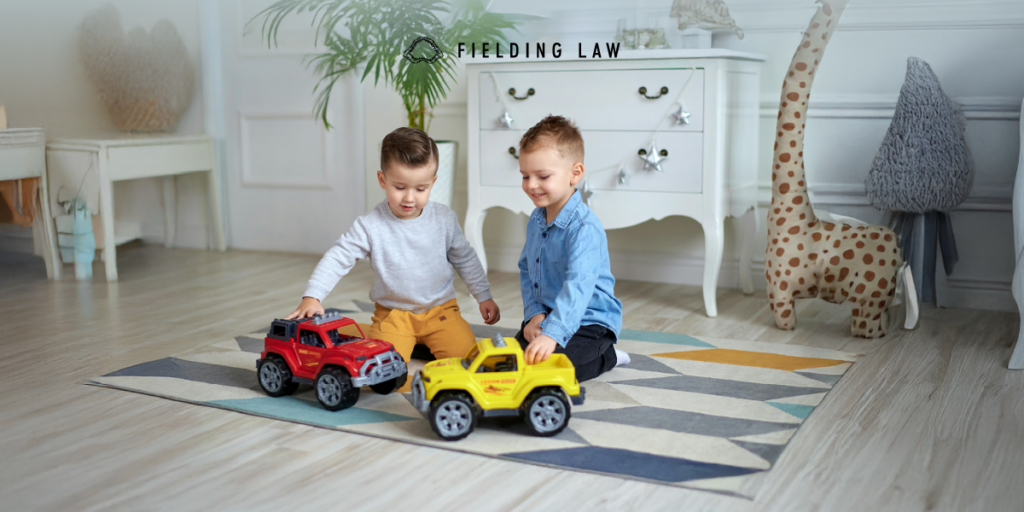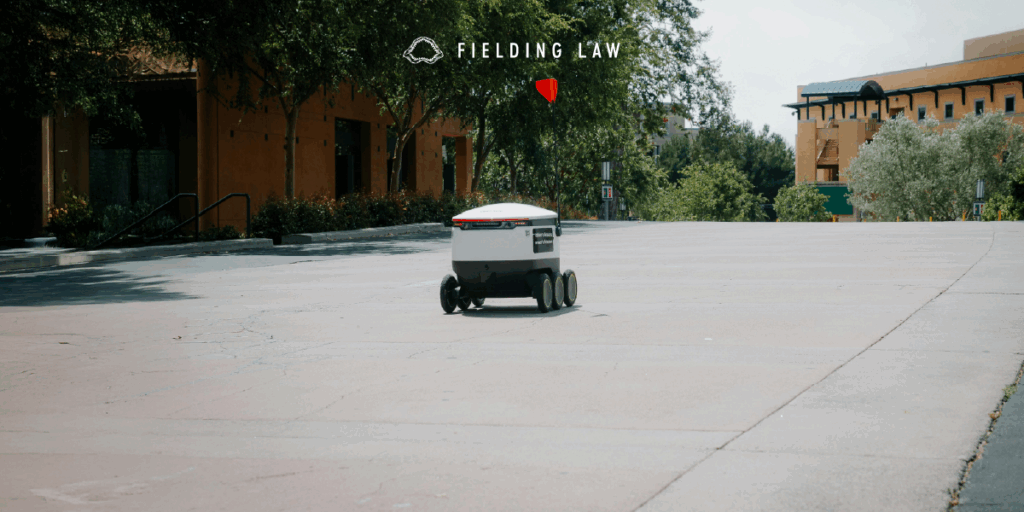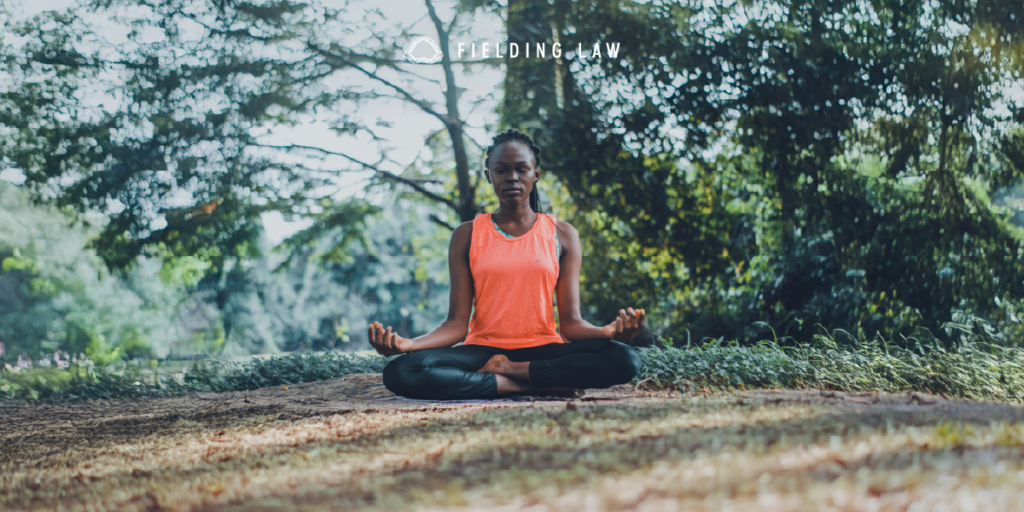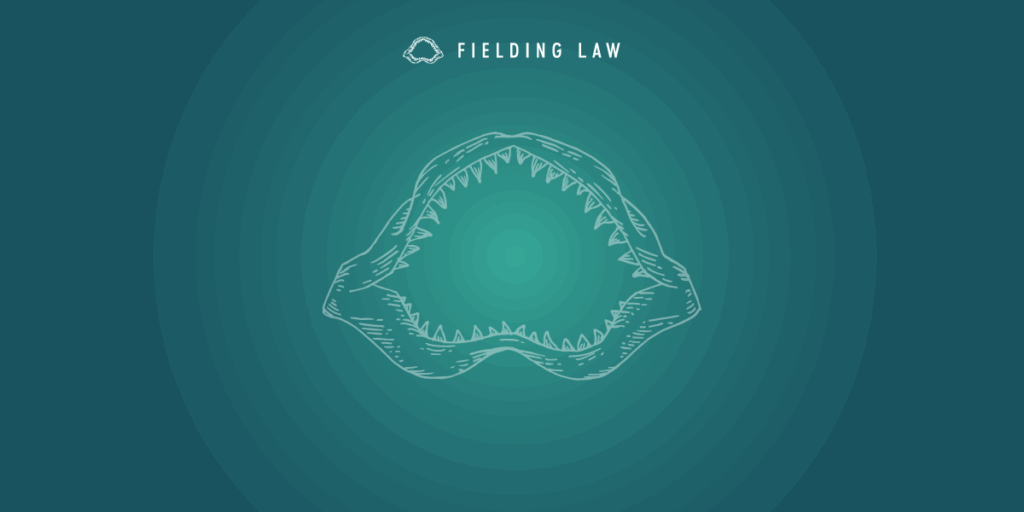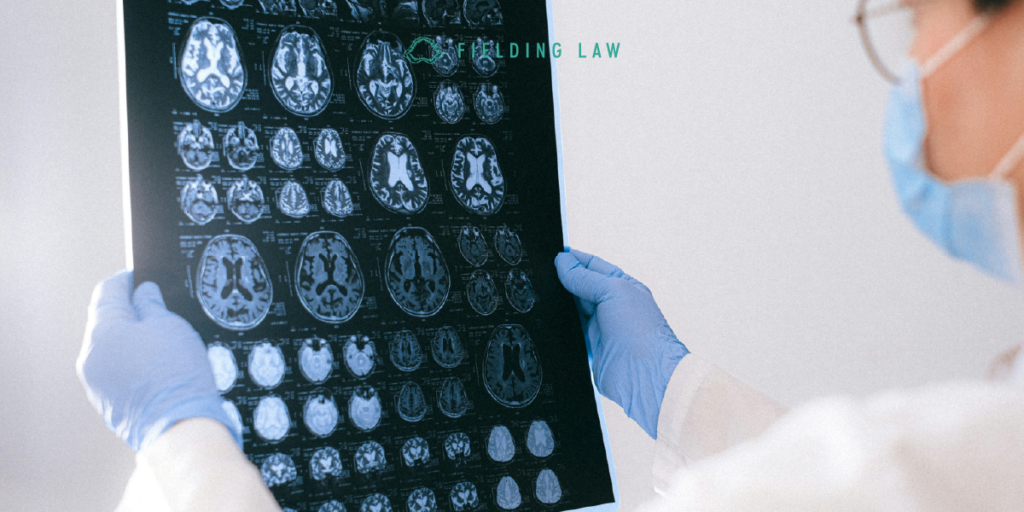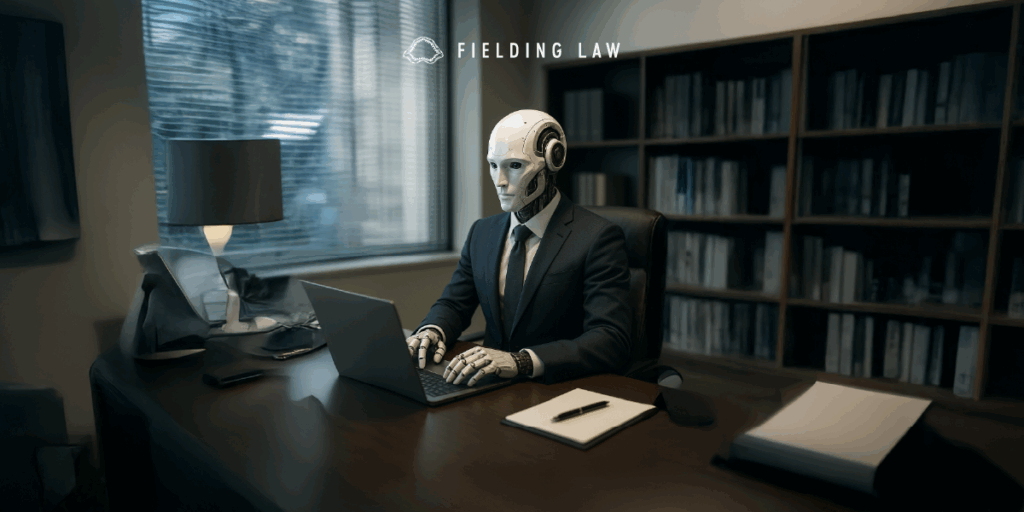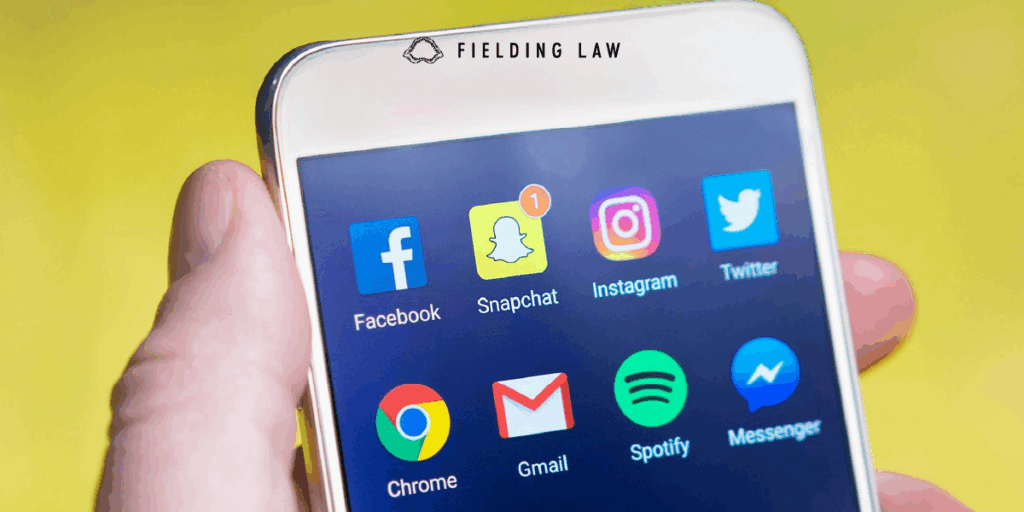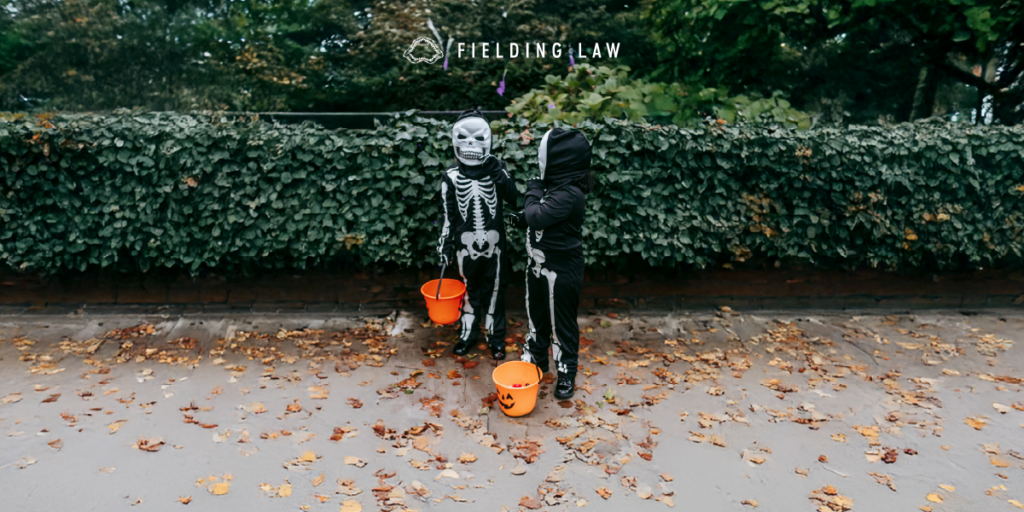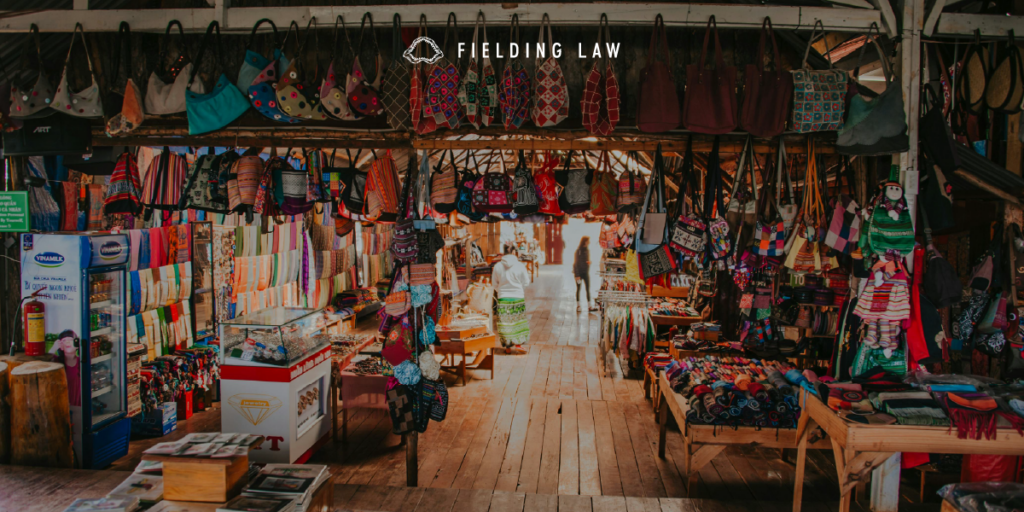
Flea markets are fun places to find unique items and great deals. But what happens if you get injured while shopping? A flea market injury can happen in many ways, and you may be unsure about your rights and the next steps to take. If you get hurt, it is crucial to understand what types of injuries may occur, who could be liable for the injury, and how to proceed with your claim.
Types of Flea Market Injuries
Flea markets can be busy, with vendors and shoppers everywhere. Some common injuries include:
-
Slip and Fall Injuries: Spilled liquids, wet floors, or uneven flooring can cause slips, leading to broken bones, sprains, or head injuries.
-
Tripping Hazards: Items stacked too high or obstacles in walkways may cause a person to trip, resulting in bruises or fractures.
-
Product-Related Injuries: Sometimes, faulty products can cause harm. Whether it is a broken appliance or dangerous item, a defective product can lead to burns, cuts, or other injuries.
-
Falling Objects: If a vendor’s display is not properly secured, heavy or sharp items may fall and injure you.
-
Aggressive Behavior: In rare cases, physical fights or aggressive behavior between vendors or customers could lead to personal injury.
Who Is Liable for a Flea Market Injury?
If you suffer a flea market injury, determining who is responsible can be tricky. Generally, two parties could be held accountable:
-
The Market Owner: The owner is responsible for maintaining safe common areas, including walkways and parking lots. If a spill or hazard in these areas caused the injury, the market owner might be liable.
-
The Booth Renter or Vendor: Vendors are responsible for the safety of their booths and the products they sell. If a defective item from their booth causes injury, the vendor could be held liable. If an object falls or a hazard within their booth leads to injury, the booth owner may be at fault.
In some situations, both the market owner and the booth renter could share liability for an accident. For example, if a vendor’s display falls due to a poorly maintained area or unsafe conditions, both parties may be responsible.
Next Steps After a Flea Market Injury
If you are injured at a flea market, follow these steps:
-
Seek Medical Attention: Your health is the top priority. Even if the injury seems minor, visit a doctor to assess your condition and keep a record of your treatment.
-
Report the Incident: Inform the market owner or manager about the injury immediately. Ask for a copy of the report they file. This document can be important for your claim.
-
Document the Scene: Take pictures of the area where the injury occurred. Capture any hazards, spills, or obstacles that contributed to your injury. This evidence will help support your claim.
-
Collect Contact Information: Get contact details from any witnesses and the booth owner or vendor involved. This information may be helpful in case of a legal dispute.
-
Avoid Giving Statements: Insurance companies may try to get a recorded statement. It is best to wait until you speak with a personal injury attorney before making any statements about the accident.
-
Consult an Attorney: A lawyer can help you understand your rights and determine who is liable for your injury. An attorney can also guide you through the claims process and negotiate with insurance companies.
Why Hire Fielding Law?
If you have suffered a flea market injury, do not navigate the process alone. At Fielding Law, we fight to hold responsible parties accountable. We work hard to ensure that you get the compensation you deserve for your injury. If you are unsure about how to proceed after your injury, Fielding Law is here to help. Give us a call at 833.88.SHARK or fill out the contact form for a free call back. We are ready to assist you every step of the way.
Note: Information provided is for educational purposes and does not constitute legal advice. Always consult with a qualified attorney for legal concerns.
